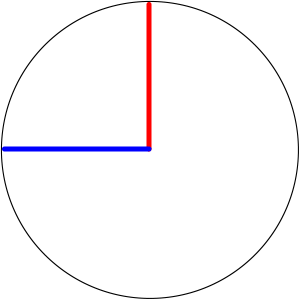The particle-wave nature of the neutrino is the root cause for spin oscillation.
Naked neutrinos have left-handed chirality by preference but can oscillate from anti-clockwise to clockwise. Therefore, the spin of a neutrino is not a fixed property. The spin can oscillate due to interference.
Wikipedia:
Oscillation
A practical method for investigating neutrino oscillations was first suggested by Bruno Pontecorvo in 1957 using an analogy with kaon oscillations; over the subsequent 10 years, he developed the mathematical formalism and the modern formulation of vacuum oscillations. In 1985 Stanislav Mikheyev and Alexei Smirnov (expanding on 1978 work by Lincoln Wolfenstein) noted that flavor oscillations can be modified when neutrinos propagate through matter. This so-called Mikheyev–Smirnov–Wolfenstein effect (MSW effect) is important to understand because many neutrinos emitted by fusion in the Sun pass through the dense matter in the solar core (where essentially all solar fusion takes place) on their way to detectors on Earth.
Starting in 1998, experiments began to show that solar and atmospheric neutrinos change flavors (see Super-Kamiokande and Sudbury Neutrino Observatory). This resolved the solar neutrino problem: the electron neutrinos produced in the Sun had partly changed into other flavors which the experiments could not detect.
Although individual experiments, such as the set of solar neutrino experiments, are consistent with non-oscillatory mechanisms of neutrino flavor conversion, taken altogether, neutrino experiments imply the existence of neutrino oscillations. Especially relevant in this context are the reactor experiment KamLAND and the accelerator experiments such as MINOS. The KamLAND experiment has indeed identified oscillations as the neutrino flavor conversion mechanism involved in the solar electron neutrinos. Similarly, MINOS confirms the oscillation of atmospheric neutrinos and gives a better determination of the mass squared splitting.
The Dutch Paradigm explains the preference for one type of chirality, for naked neutrinos being left-handed. It is the logical consequence of the backlog of the magnetic manifestation relative to the electric manifestation.
As per animations:

In case a naked neutrino passes through large constructs, the neutrino can encounter an external magnetic manifestation of adequate properties that bridge the gap to allow the chirality for a change-over. Such an oscillation can happen multiple times during the exposure of the neutrino to external magnetic manifestations. Eventually, it will leave such exposure with a chirality that reflects the history of the last encounter.
External magnetic manifestations of adequate properties are available with neutrinos locked up in these constructs.
